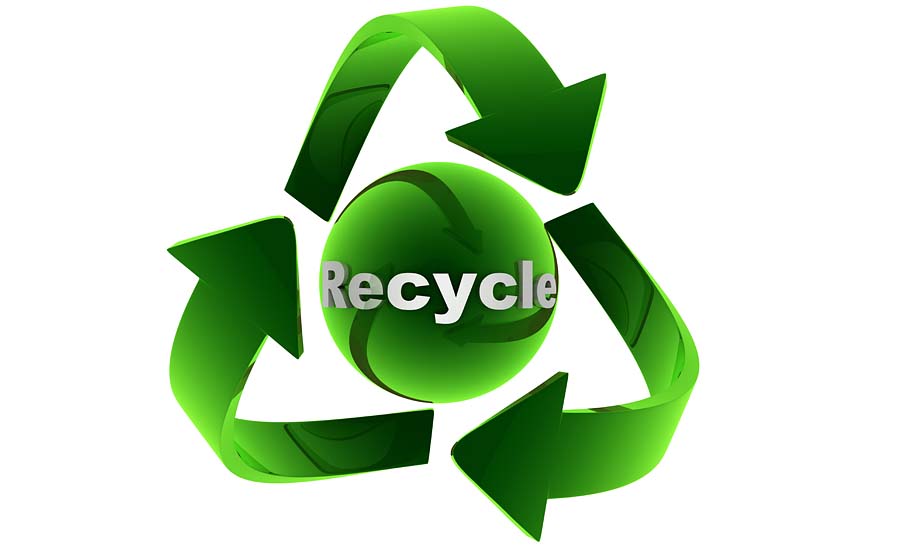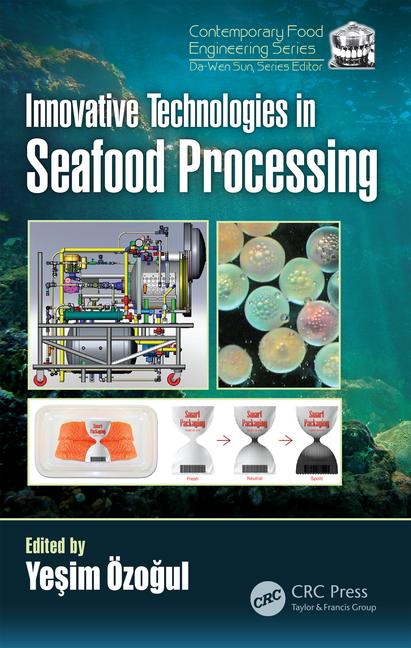Research reveals circular economies will replace linear economies in 10 years
Switching from a linear to a circular economy is not a go-it-alone project — it requires a whole ecosystem.

As consumer and shareholder preferences shift toward sustainability, chief supply chain officers (CSCOs) must prepare for the transformation from a linear to a circular supply chain without waste, the circular economy will be the only economy, replacing wasteful linear economies by 2029, according to “Preparing for 2029, When Consumer Product Supply Chains Cannot Produce Waste”, presented by Gartner, Inc., Stamford, Conn.
“Organizations are under pressure to reduce the amount of waste they’re producing — from consumers and governments alike,” says Steven Steutermann, managing vice president in the Gartner supply chain practice. “The solution to this challenge is a shift toward a circular, waste-free economy. The supply chain will play a key role in this process. Eighty-four percent of participants in Gartner’s recent Supply Chain and the Circular Economy Survey stated that the supply chain has, or will have, decision-making authority when it comes to their organization’s circular economy strategies and initiatives.”
Intelligent ecosystems pave the way
Switching from a linear to a circular economy is not a go-it-alone project — it requires a whole ecosystem. CSCOs should collaborate with internal product designers and suppliers to understand exactly how products are consumed and disposed after consumption.
“To turn around a supply chain system, 10 years is not a long time. CSCOs should deploy change management programs and start pilots now,” adds Steutermann. “The pilots will provide valuable learnings and help build momentum for further circular economy initiatives.”
Another action to take is to join a consortium or alliance designed to eliminate single-use packaging.
“Getting together with like-minded professionals will support CSCOs to sketch out a vision for an intelligent ecosystem of partners and peers,” Steutermann adds. “They should start with a single question, such as ‘How can I reduce packaging?’, and expand from there.”
New metrics for new economies
According to the survey, the biggest challenge to circular-economy efforts is setting measurable goals. Often, the key challenge in setting these goals is substantiating how the proposed changes will impact consumer preferences, and ultimately, margins.
“While some metrics on sustainability already exist, they are mostly related to linear metrics, such as reducing waste to landfills or carbon dioxide emissions. It is important not to confuse those metrics with the circular economy. Good metrics for the circular economy could be the percentages of reclaimed, reused materials for production and the reduction of single-use plastic,” Steutermann adds.
Looking for a reprint of this article?
From high-res PDFs to custom plaques, order your copy today!






